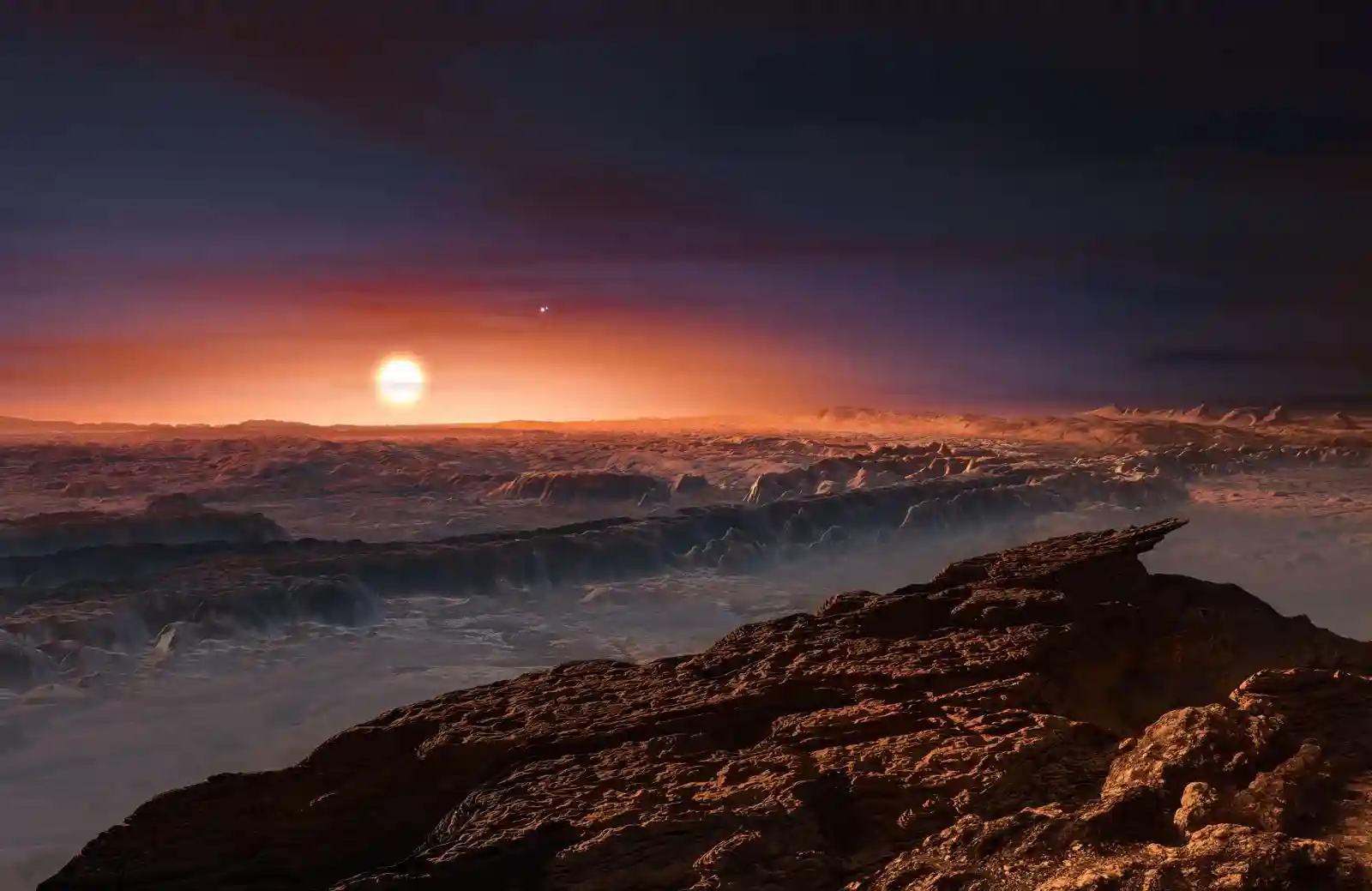Does this new exoplanet with water supports alien life? Let’s find out

An exoplanet found that is half rock and half water around a Red dwarf, a most common star. This discovery could have significant ramifications for the search for life in the universe. Over 70% of all stars in the universe are red dwarfs, making them the most prevalent form of a star. These tiny, frigid stars can be up to 50 times fainter and have a mass that is approximately one-fifth that of the sun.
Red dwarfs are so prevalent that some researchers have begun to wonder if they would be the best candidates for finding planets that might support life in the same way that it exists on Earth. For instance, the brightest red dwarf in our sky at visible light wavelengths, Gliese 887, may include a planet in its habitable zone by the year 2020, where surface temperatures are appropriate to support liquid water.
But it’s still uncertain if the planets that orbit red dwarfs are possibly habitable, in part because scientists don’t know much about the makeup of these planets. Prior studies revealed that tiny exoplanets, defined as those with a diameter less than four times that of Earth, are often either rocky or gaseous, with either a thin or thick atmosphere of hydrogen and helium.


